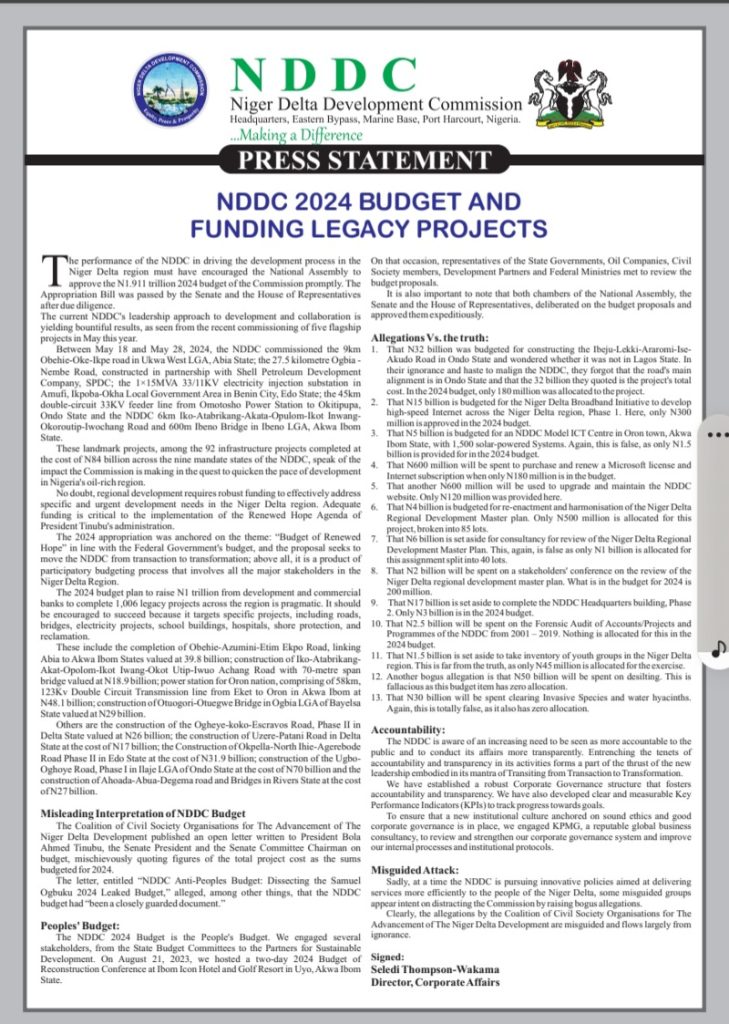In the wake of the submission of the first set of ministerial nominees to the Senate, it has been revealed that President Bola Tinubu intends to undertake a comprehensive restructuring of several Federal Government ministries. This move aims to merge some ministries, create new ones, and scrap others in line with recommendations from the Stephen Oronsaye report on the restructuring of the civil service.
The targeted ministries for restructuring include Education, Youths and Sports Development, Agricultural and Rural Development, Solid Minerals, Works and Housing, Power, Humanitarian Affairs, Disaster Management, and Social Development, among others. The restructuring process also involves the division of some ministries to create new ones.
For instance, the Ministry of Education is set to be unbundled into the Ministry of Tertiary Education and the Ministry of Basic Education, focusing on primary and secondary education. The Ministry of Works and Housing will also be unbundled into separate ministries to focus on federal roads and highways and stimulate economic growth.
Furthermore, the Ministry of Information will be renamed the Ministry of Information and National Orientation, with the National Orientation Agency playing a significant role in disseminating information to the public. New ministries of Solid Minerals and Iron and Steel Development will also be created.
While some experts and analysts have supported the restructuring process as a means of improving service delivery, others caution that it should not become an opportunity to reward political allies or create an unnecessary increase in the cost of governance. The President’s administration has been advised to focus on functional organizations that align with the country’s economic realities.
In a related development, Niger State recently increased the number of ministries from 23 to 30, aiming to recruit more civil servants and absorb casual workers who have been in such positions for extended periods. The move is expected to create more opportunities within the civil service and improve overall efficiency in the government’s service delivery.










